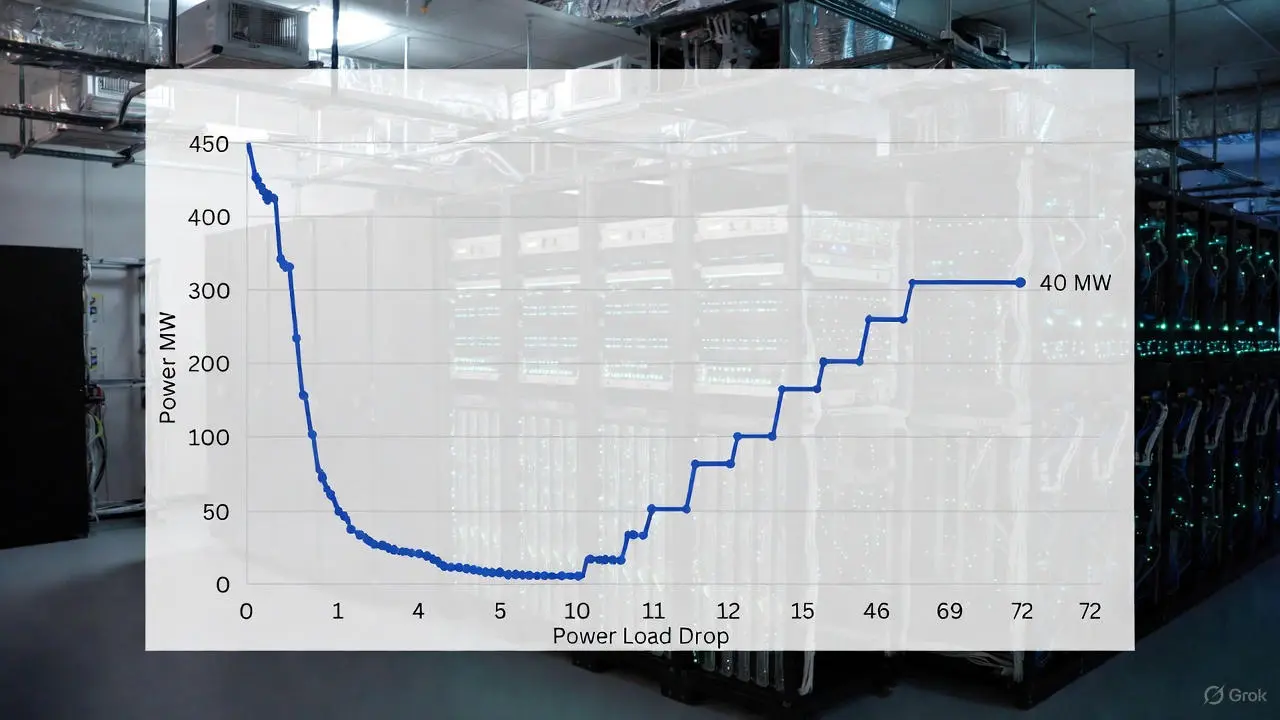
Attendees networking at the 7x24 Exchange DC Chapter's 14th Annual Holiday Party, Golf Club at Lansdowne, Leesburg, VA – December 10, 2025
December 13, 2025 – As the year draws to a close, the North American data center market is closing out 2025 on a high note, fueled by unprecedented investments in AI infrastructure, hyperscale facilities, and sustainable energy solutions. With hyperscalers like Google, Meta, and Microsoft pouring billions into new campuses, the region continues to solidify its position as a global hub for digital innovation. This month's developments underscore a market projected to grow at a compound annual rate exceeding 10% through the decade, driven by exploding demand for computational power. Amid the construction cranes and groundbreaking ceremonies, the data center community also found time to celebrate the season, highlighted by the 7x24 Exchange DC Chapter's festive gathering in Virginia.
A Powerhouse of Progress: Key North American Data Center Deals
December has brought a flurry of announcements signaling robust confidence in North America's data center ecosystem. From the East Coast's energy-rich corridors to the Midwest's emerging AI factories, developers are racing to meet the insatiable appetite for GPU-heavy workloads and exabyte-scale storage. Here's a spotlight on some of the month's standout projects:
East Coast Momentum in Virginia and North Carolina
Virginia, long a data center darling due to its proximity to Washington, D.C., and reliable power grid, saw multiple expansions. Vantage Data Centers unveiled a $2 billion, 192 MW campus in the Fredericksburg region, marking its fourth facility in the state and boosting total capacity to 782 MW. Nearby, in Caroline County, CleanArc Data Centers broke ground on its flagship hyperscale campus, promising 900 MW of grid capacity with the first 300 MW online by early 2027. Further south in Powhatan County—a Richmond suburb—the county board unanimously greenlit an 180-acre, 365 MW campus petitioned by JLL and backed by Dominion Energy, poised to anchor local economic growth.
Shifting to North Carolina, Energy Storage Solutions announced a colossal $19.2 billion, 900 MW data center and energy storage campus in Rocky Mount, spanning 300 acres, with construction slated to kick off in Q1 2026. A twin project in Fayetteville is also in the works, emphasizing the state's appeal for integrated energy-data hybrids.
Midwest and AI-Focused Builds
Wisconsin emerged as a hotbed for AI-centric developments. Meta committed over $1 billion to a 700,000-square-foot AI data center in Beaver Dam, strategically located between Madison and Milwaukee. In a parallel move, OpenAI partnered with Foxconn to advance U.S. manufacturing readiness for next-generation AI hardware, focusing on a novel class of physical infrastructure tailored to rapid AI evolution—though specific site details remain under wraps.
Georgia's Atlanta area welcomed Microsoft's ambitious "Fairwater" project: the company's first AI superfactory, interconnecting multiple facilities equipped with hundreds of thousands of advanced GPUs, exabytes of storage, and millions of CPU cores optimized for cutting-edge AI tasks. Meanwhile, in Missouri, Lambda is repurposing a long-dormant 2009-built facility in Kansas City into a 100 MW AI factory, breathing new life into underutilized infrastructure.
Broader U.S. Initiatives with Long-Term Impact
On a national scale, Anthropic teamed up with UK-based Fluidstack for a staggering $50 billion investment in U.S. data centers, starting in New York and Texas with plans for wider rollout. The initiative is expected to generate 800 permanent jobs and 2,000 construction positions, highlighting the sector's ripple effects on employment. Looking further ahead, Google and Westinghouse are collaborating to streamline the buildout of 10 nuclear reactors using Google's AI-optimized Cloud platform, with shovels expected to turn in 2030—a move that could redefine sustainable power for data centers.
These deals reflect a market maturing around sustainability, with emphases on nuclear, storage, and efficient AI hardware. Total investments announced this month alone top $70 billion, underscoring North America's edge in attracting global tech giants.
Festive Networking: 7x24 Exchange DC Chapter's Holiday Bash
While blueprints and budgets dominated headlines, the data center faithful unwound with holiday cheer at the 7x24 Exchange DC Chapter's 14th Annual Holiday Party on December 10 in Leesburg, Virginia. Hosted at the elegant Golf Club at Lansdowne (44050 Woodridge Parkway), the event drew hundreds of industry professionals for an evening of mingling, merriment, and mild libations from 5:00 p.m. to 9:00 p.m. EST.
The 7x24 Exchange, a nonprofit dedicated to advancing mission-critical infrastructure reliability, has long been a cornerstone for data center uptime experts. This year's gathering—complete with prize giveaways sponsored by firms like Parameter, IMEG, and B&S Site Development—celebrated the community's resilience amid a year of explosive growth. Food sponsors ensured a spread worthy of the season, fostering connections that often lead to collaborations on the very projects lighting up the December news cycle. Post-event buzz on social media, including grateful shoutouts from the chapter's Instagram and LinkedIn, painted a picture of a lively affair: think twinkling lights, clinking glasses, and conversations about everything from reactor timelines to tax incentives.
As one attendee quipped in a LinkedIn recap, "In an industry that never sleeps, nights like this remind us why we do it." The event not only capped a banner year but also set the tone for 2026's challenges, from grid strains to green energy mandates.
Looking Ahead: A Wired Future
December 2025 encapsulates the North American data center market's dual pulse—relentless innovation paired with human connection. With facilities like CleanArc's 900 MW behemoth and Microsoft's AI superfactory on the horizon, the stage is set for a transformative 2026. Yet events like the 7x24 holiday party remind us that behind the megawatts are the minds making it all possible. As hyperscalers bet big, one thing's clear: this market isn't just building data centers—it's constructing the backbone of tomorrow's digital world.


